Orthodox Jewish Wedding – Chaya and Noah
Mexikosher Wedding
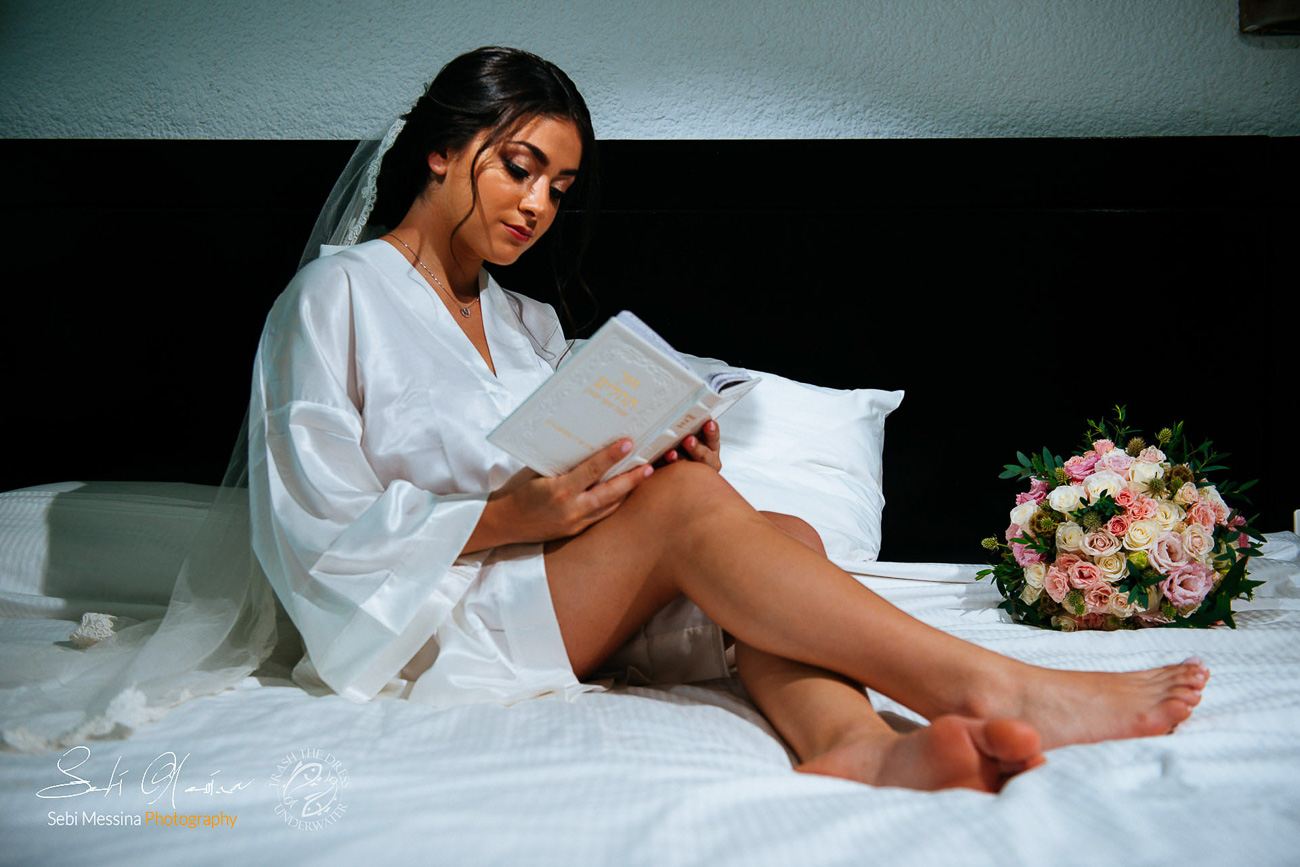
Mexikosher Wedding
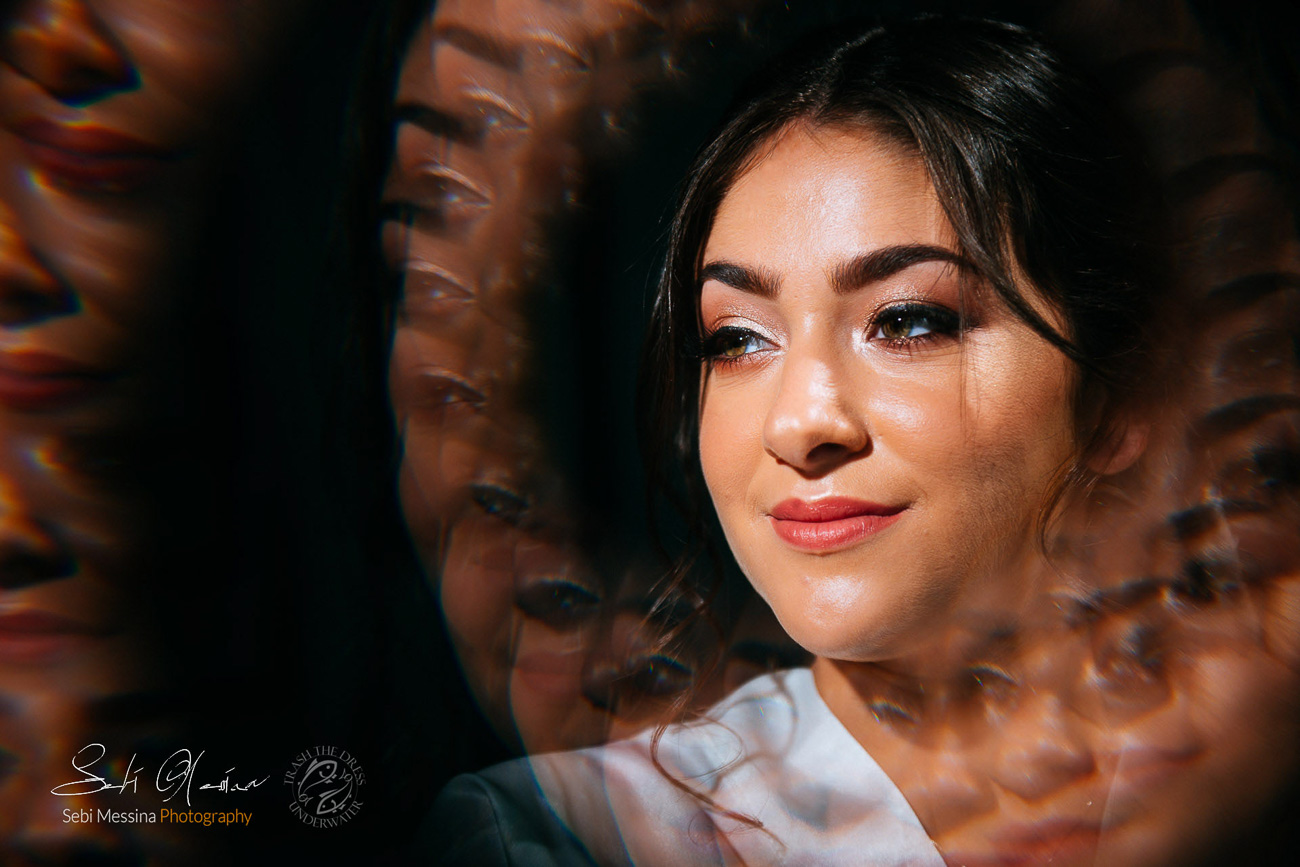
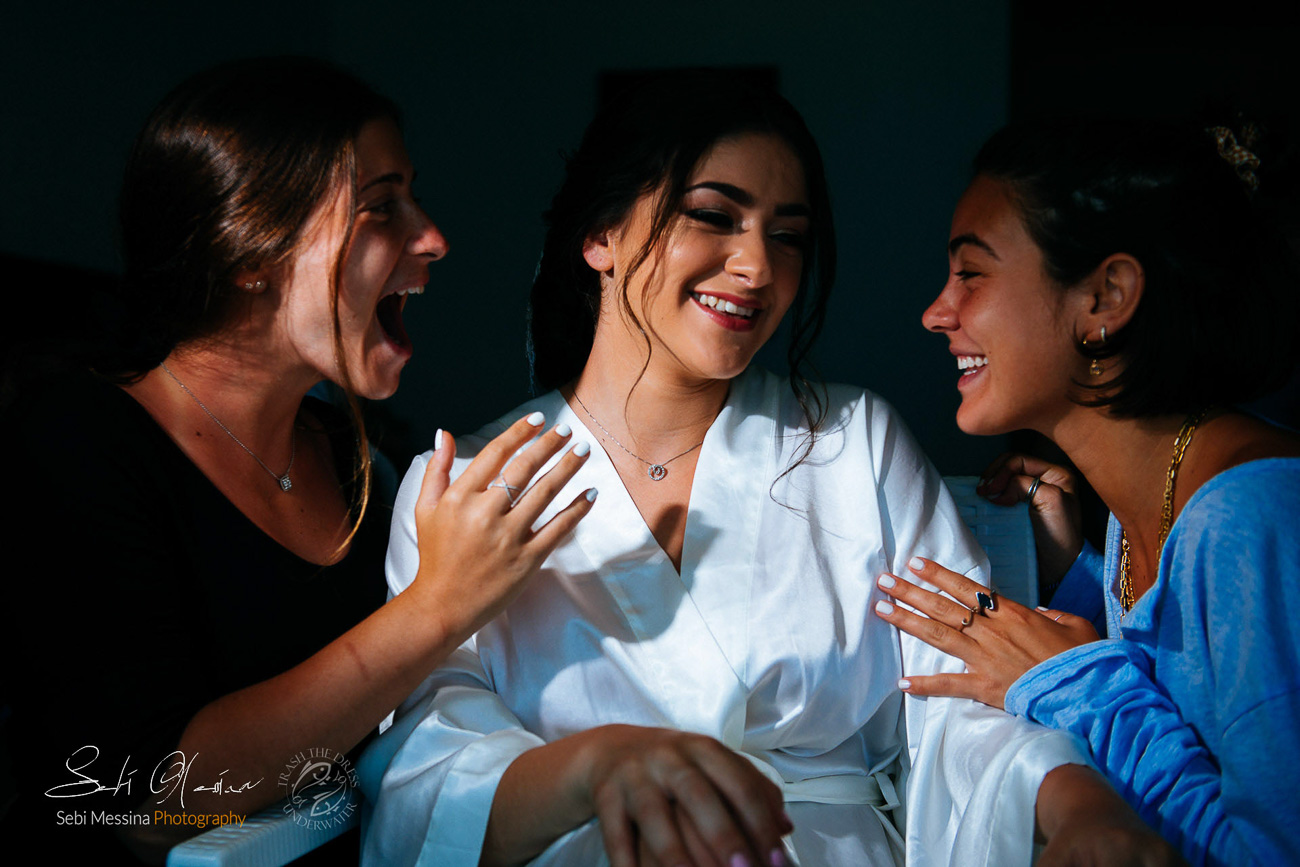
Mexikosher Wedding
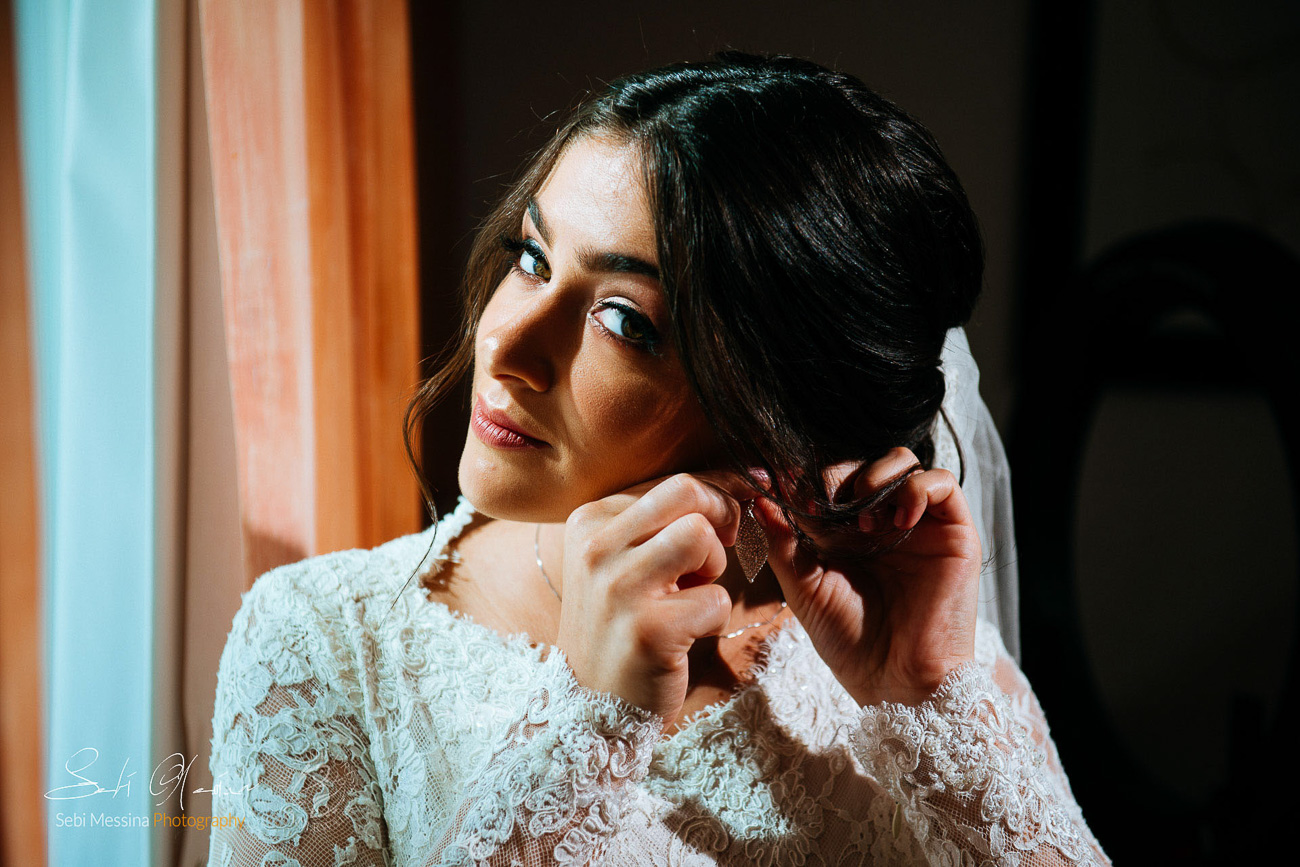
Orthodox Jewish Wedding Mexico
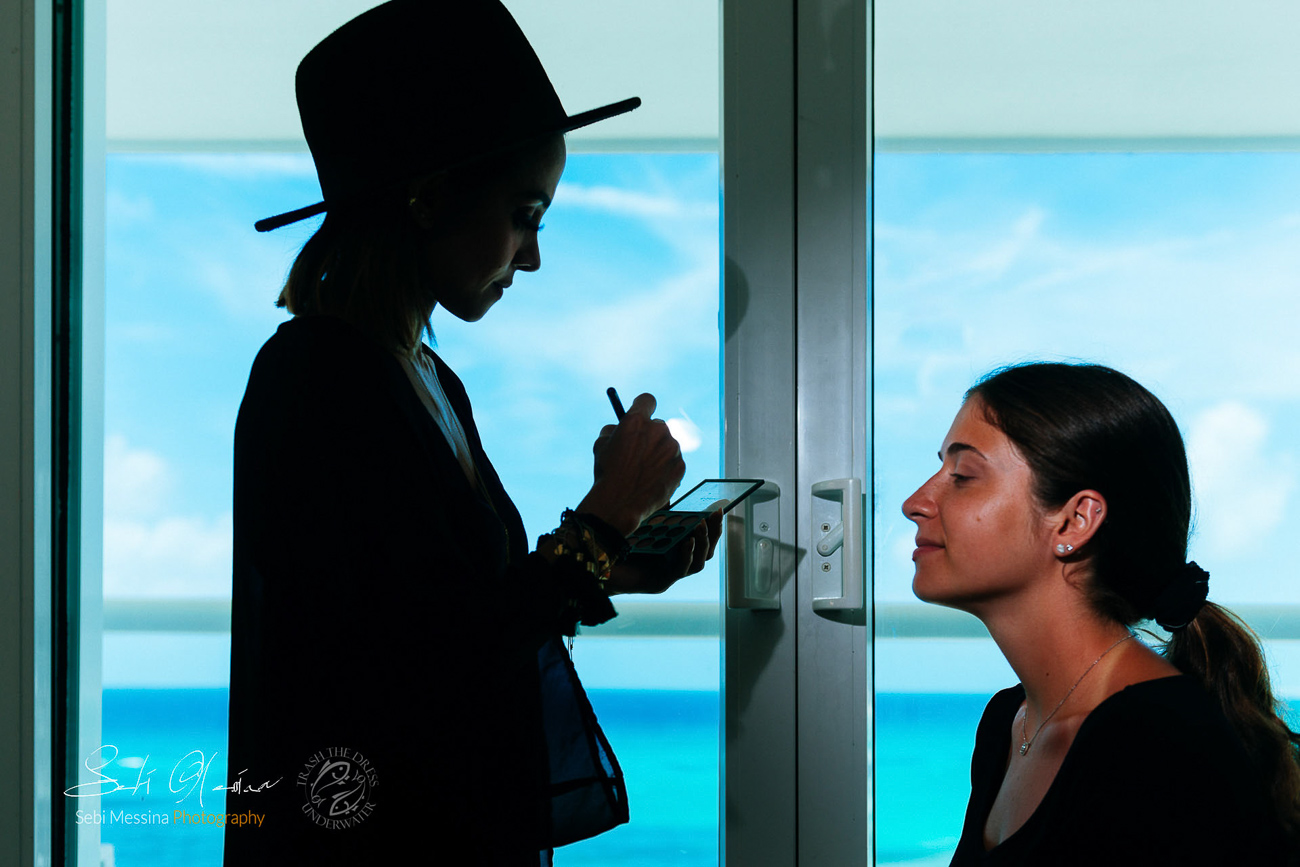
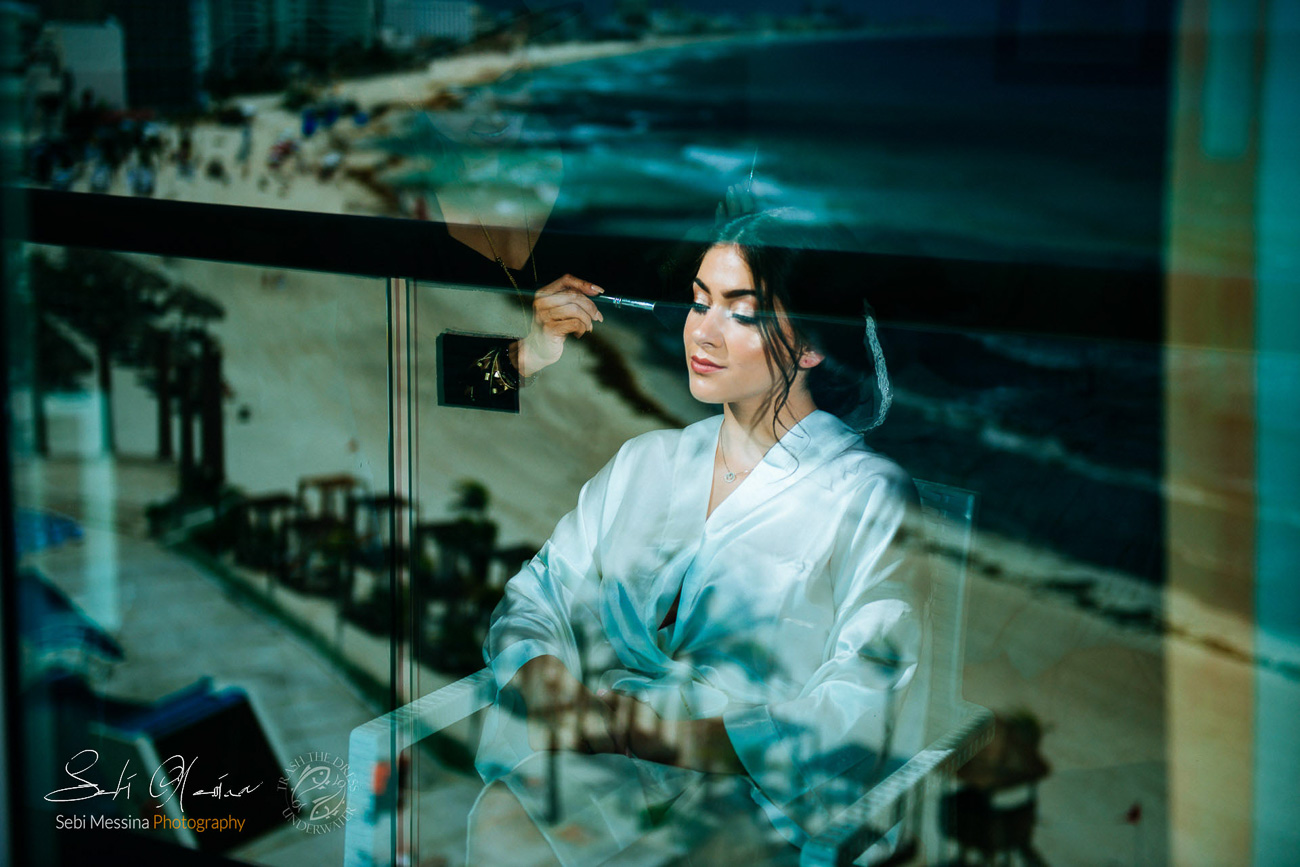
Orthodox Jewish Wedding Mexico
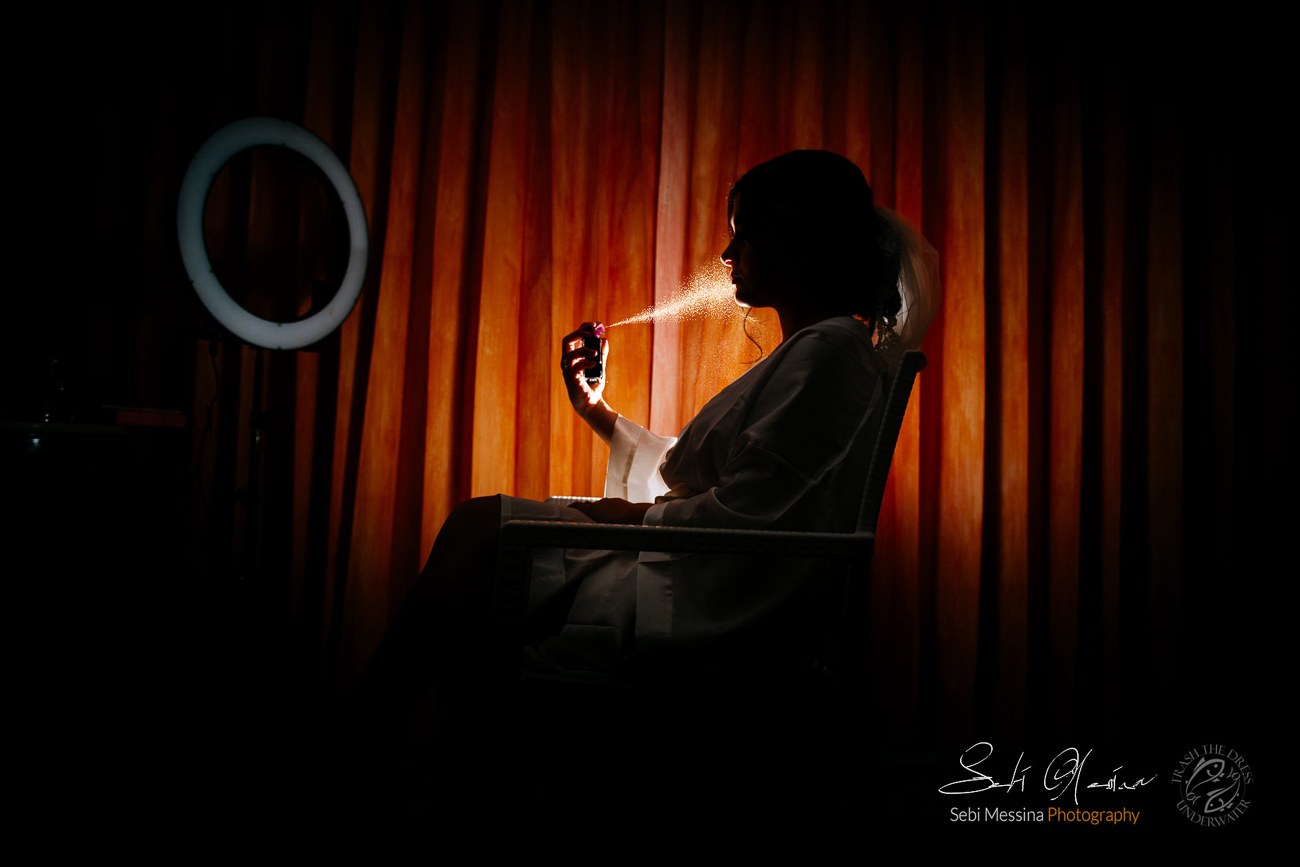
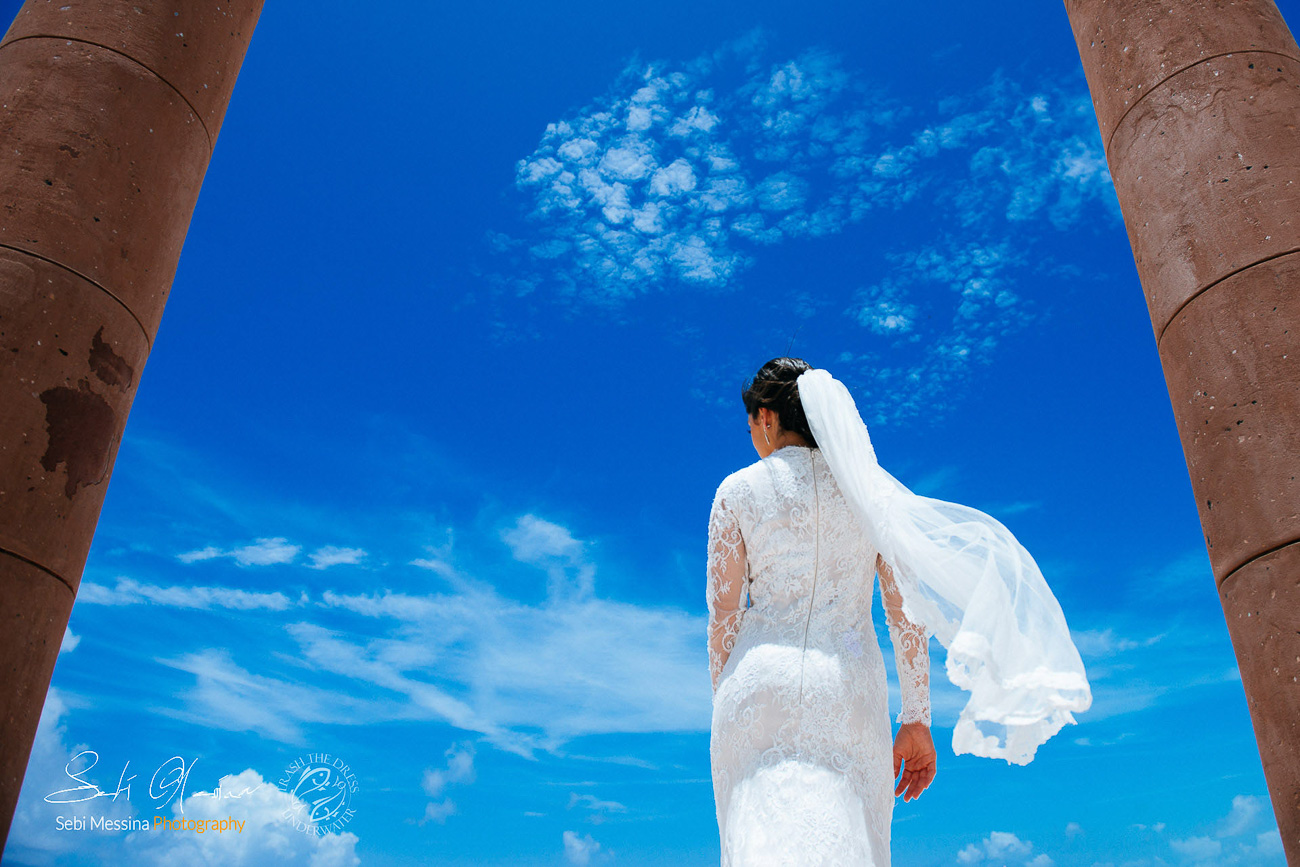

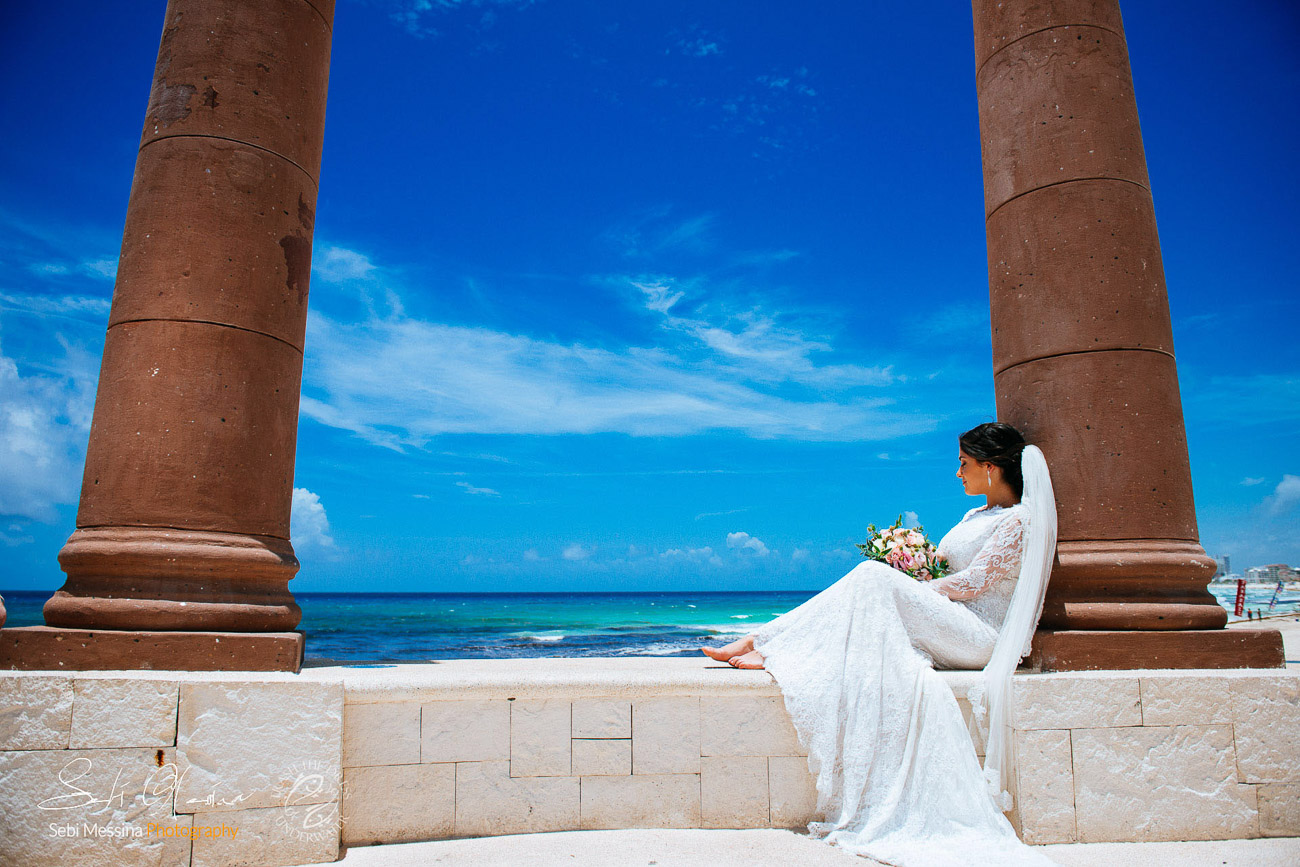
Mexikosher Wedding

Mexikosher
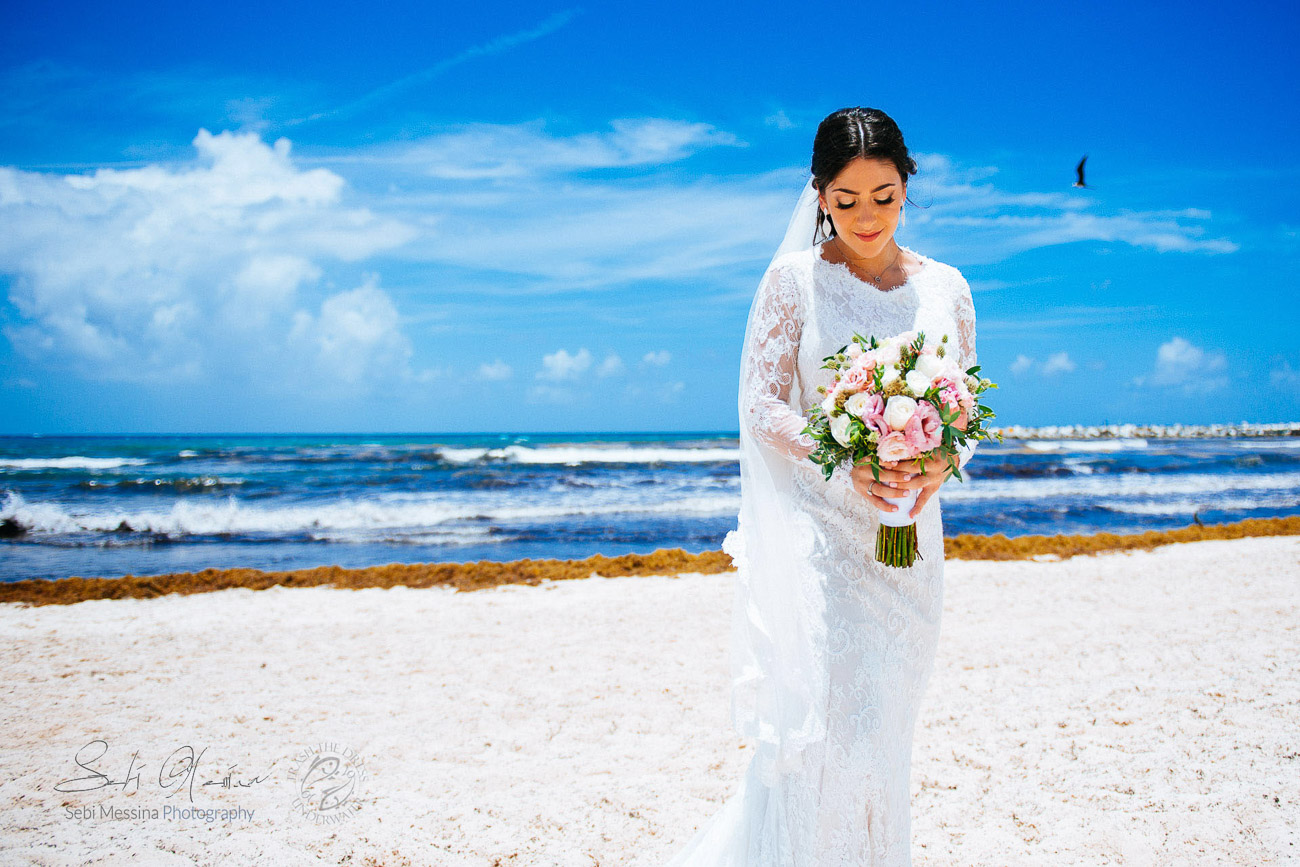


Mexikosher Wedding
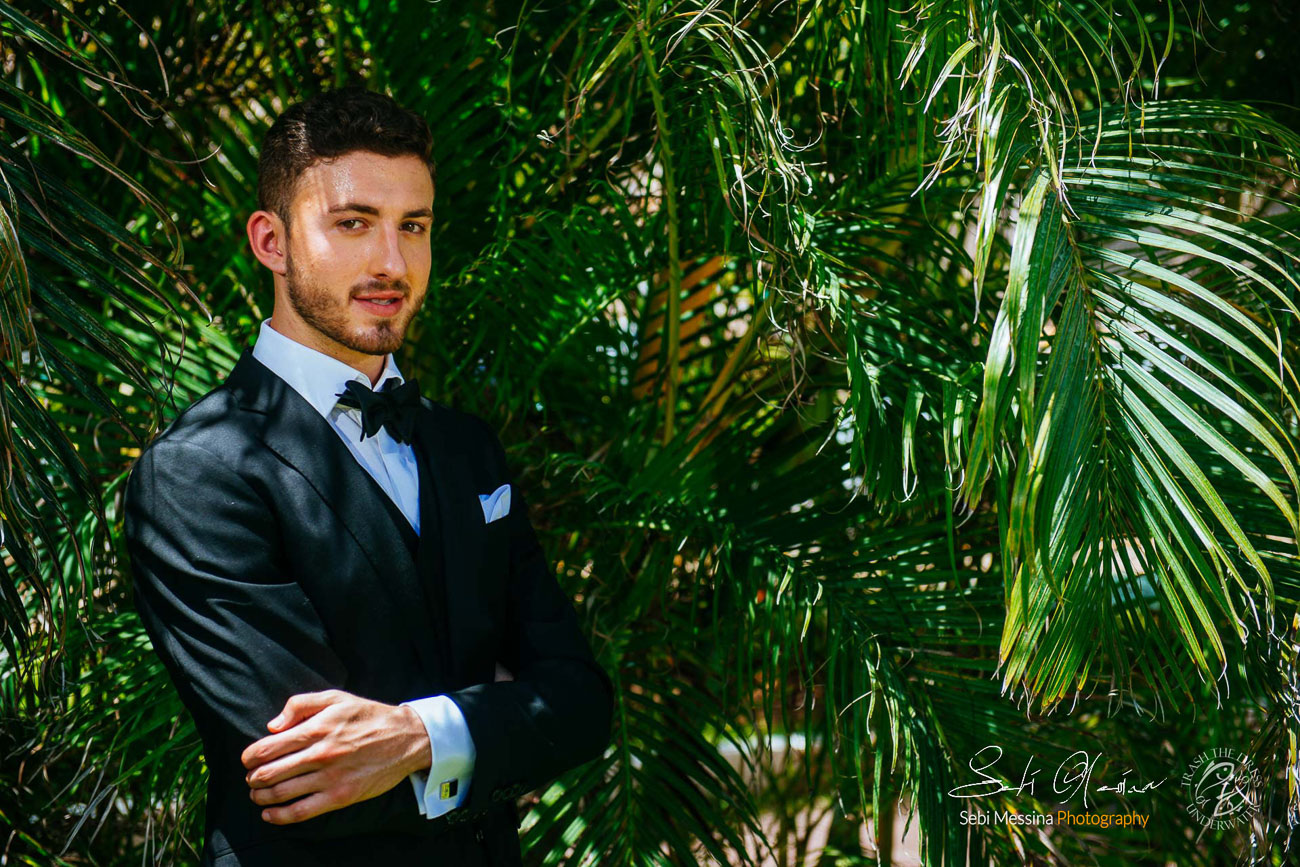
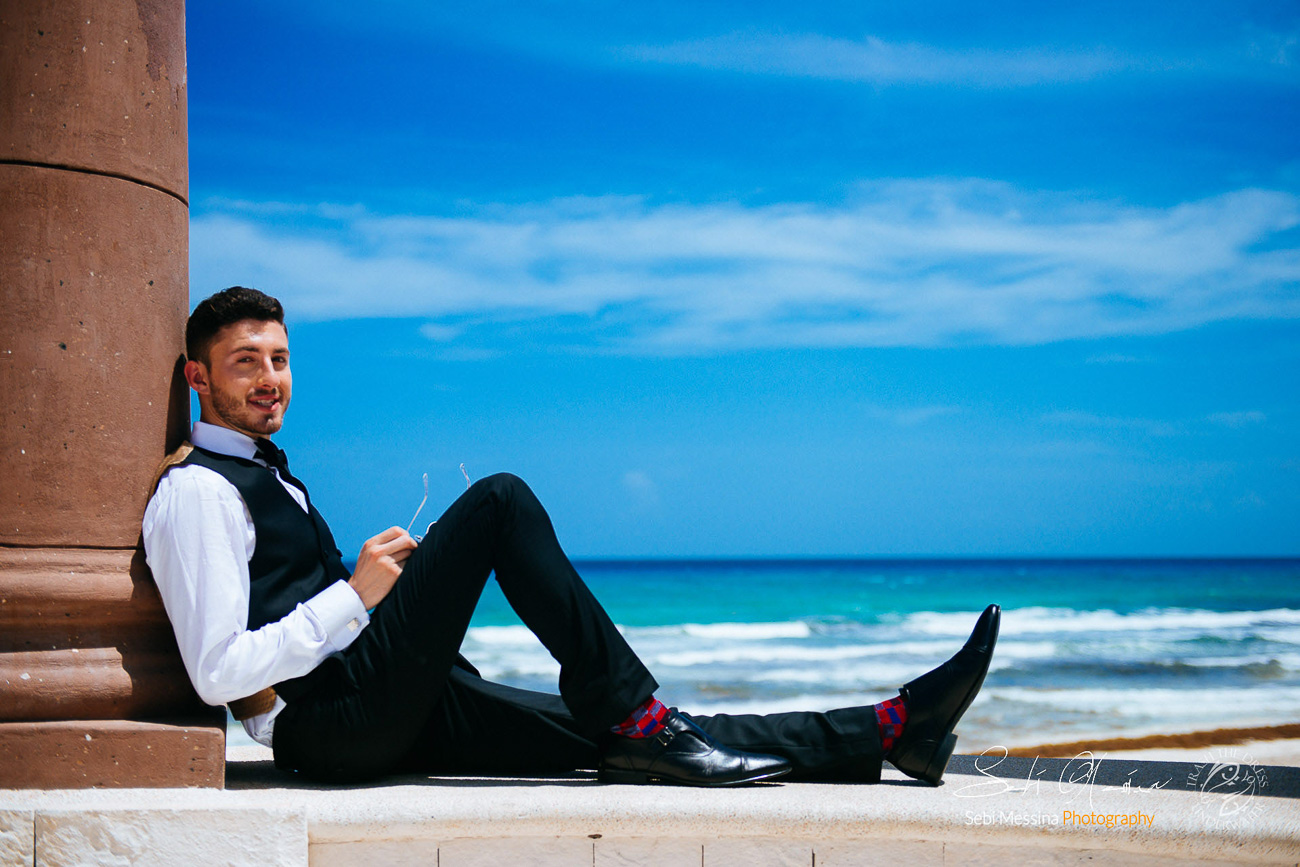

Mexikosher Wedding
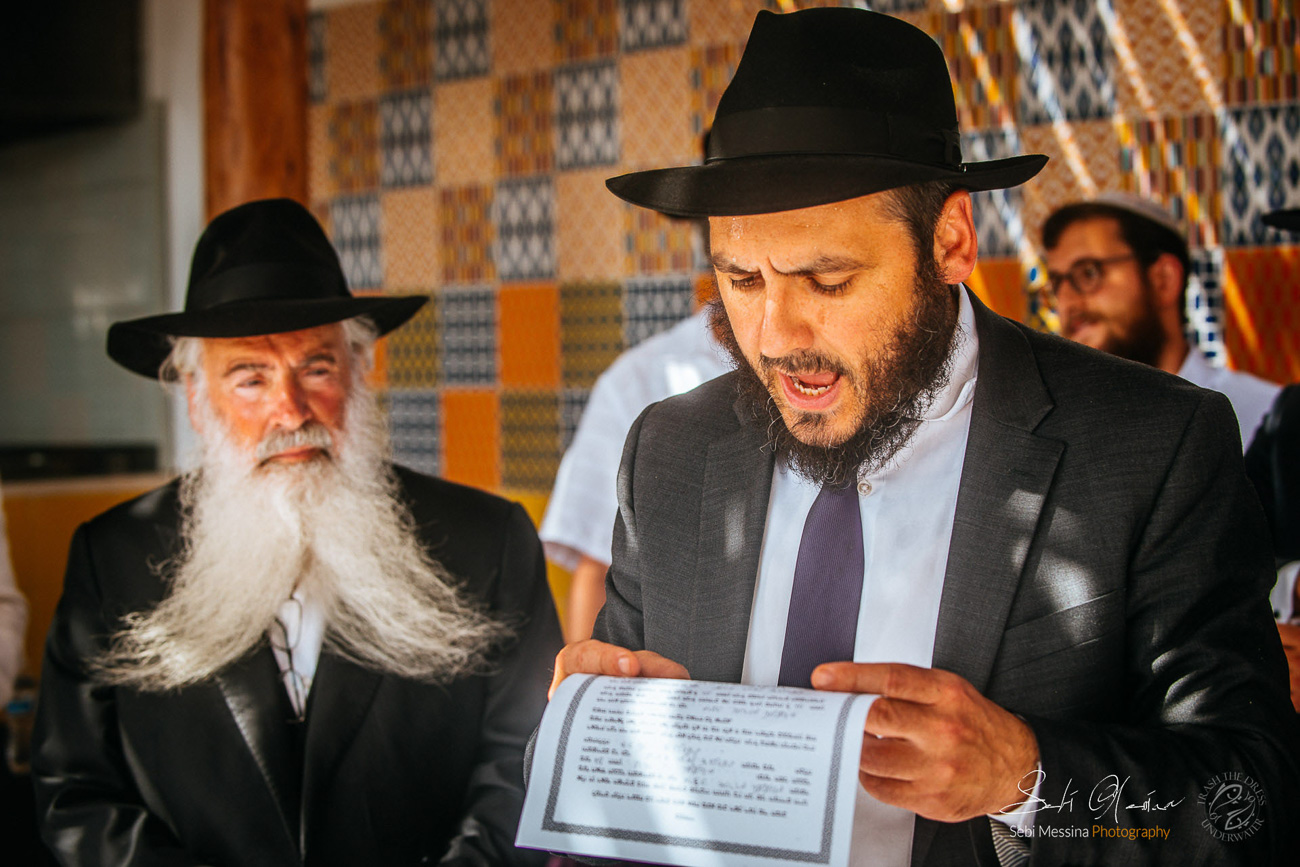

Jewish Wedding
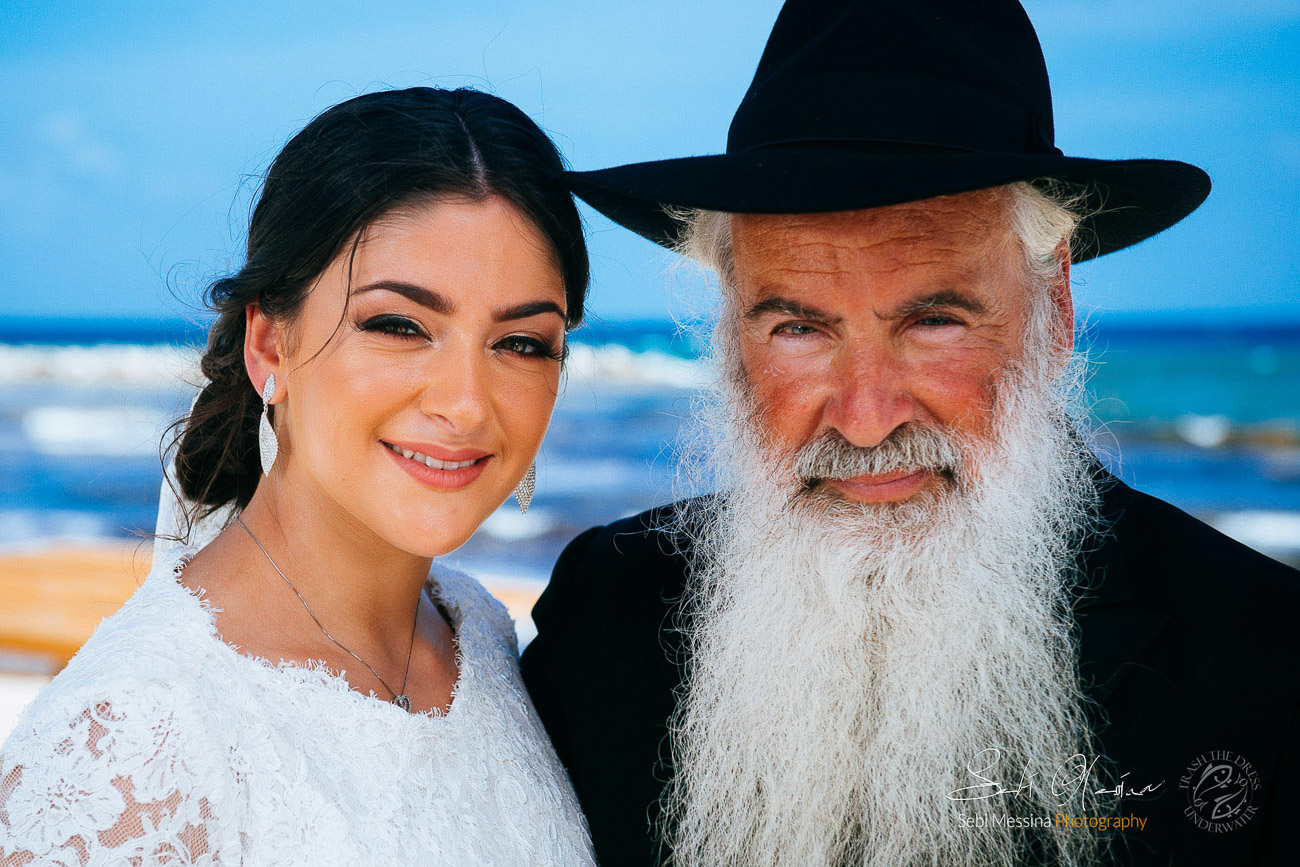
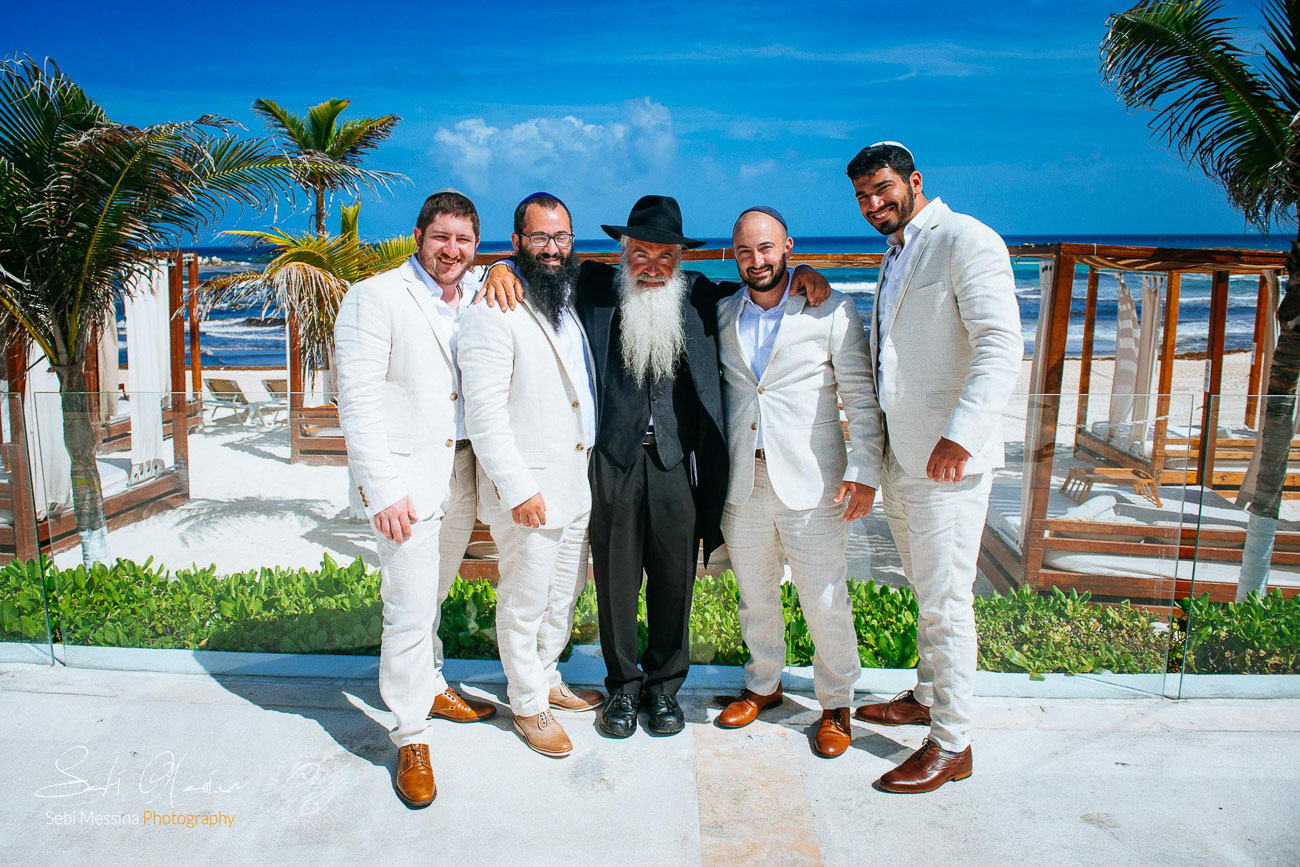
Mexikosher Wedding
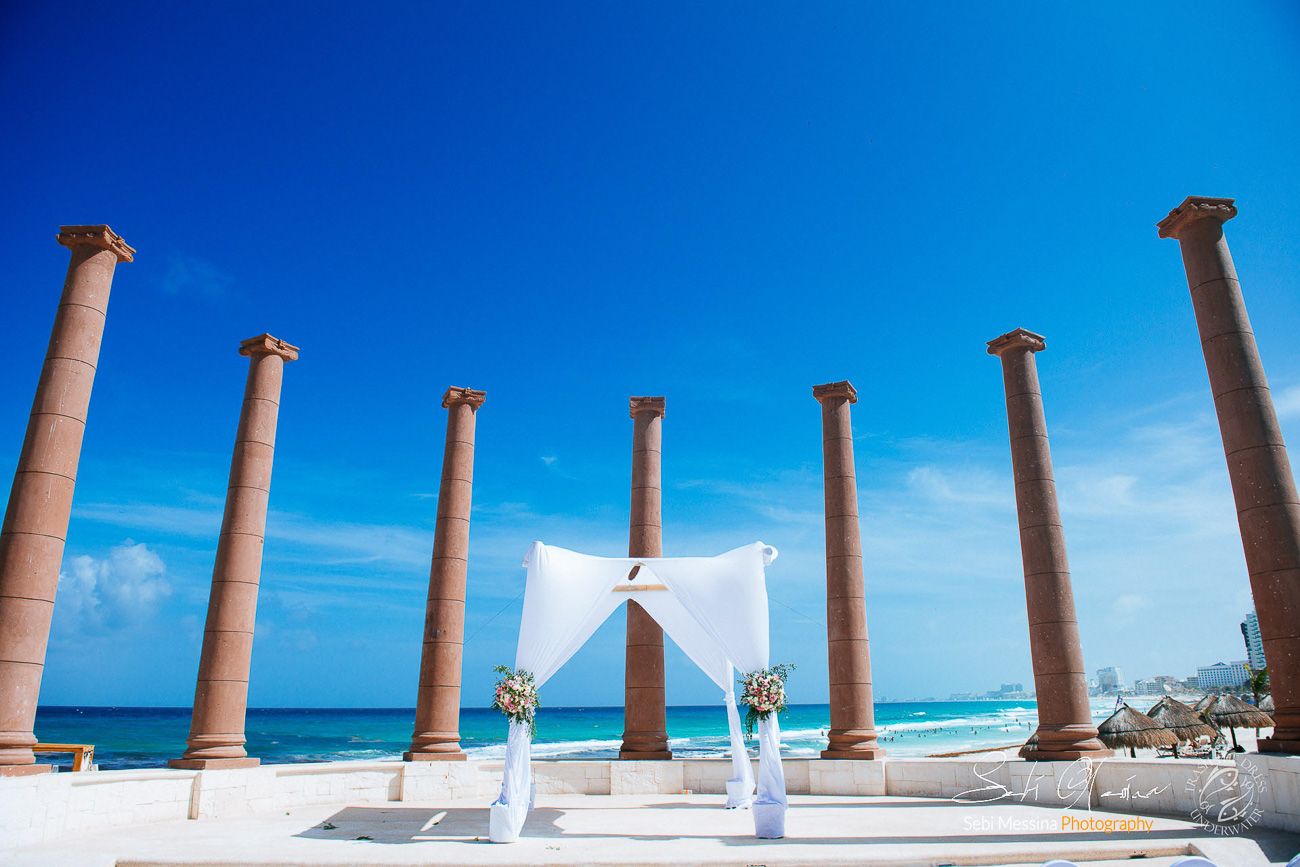
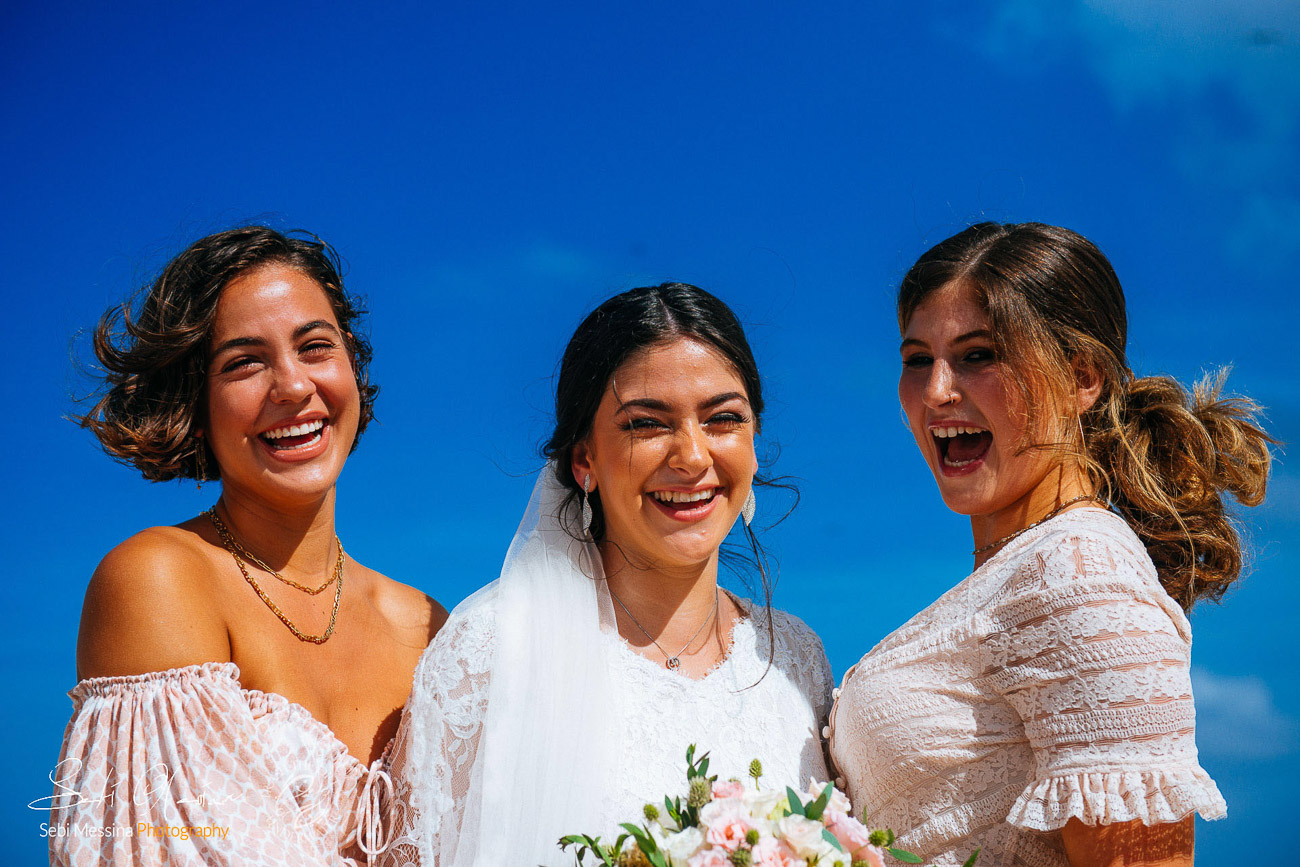
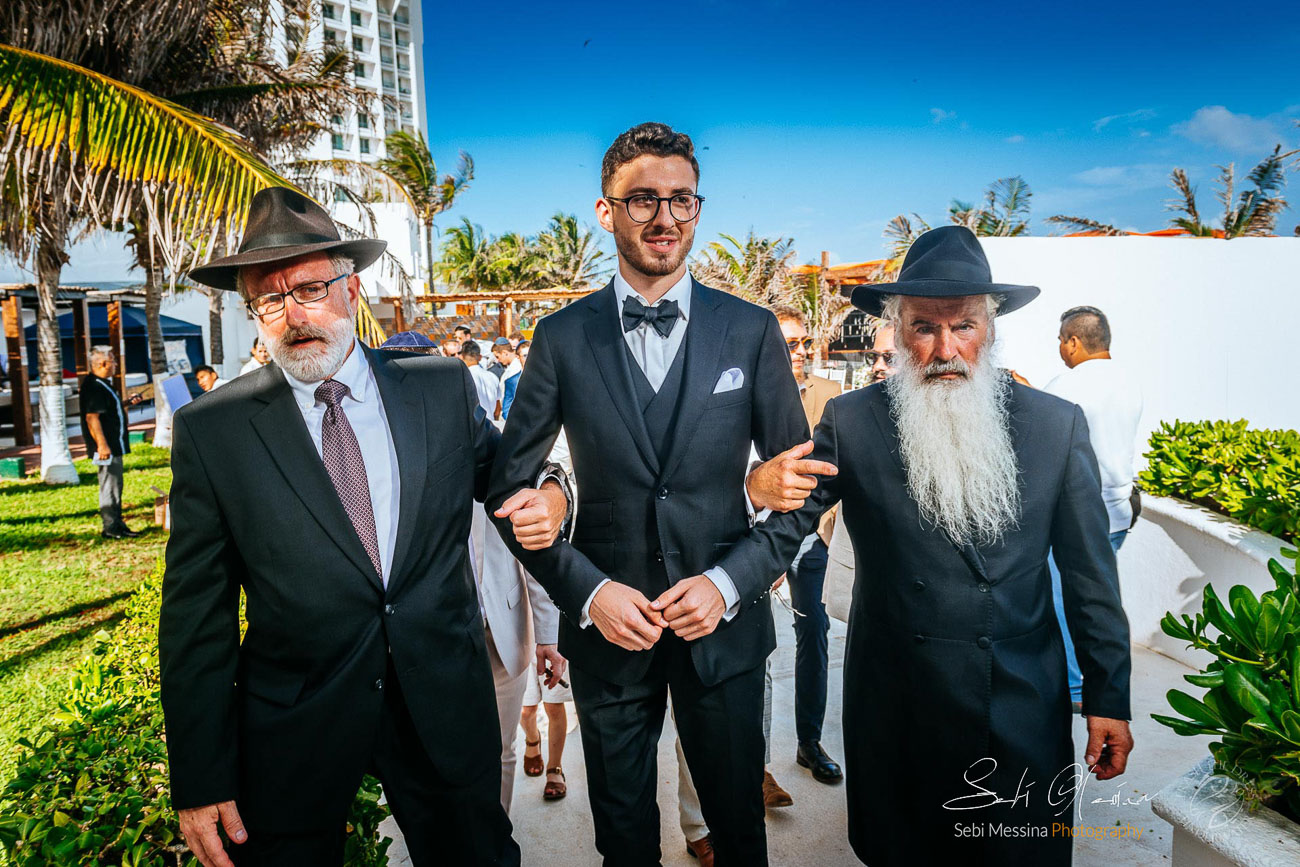
Mexikosher Wedding
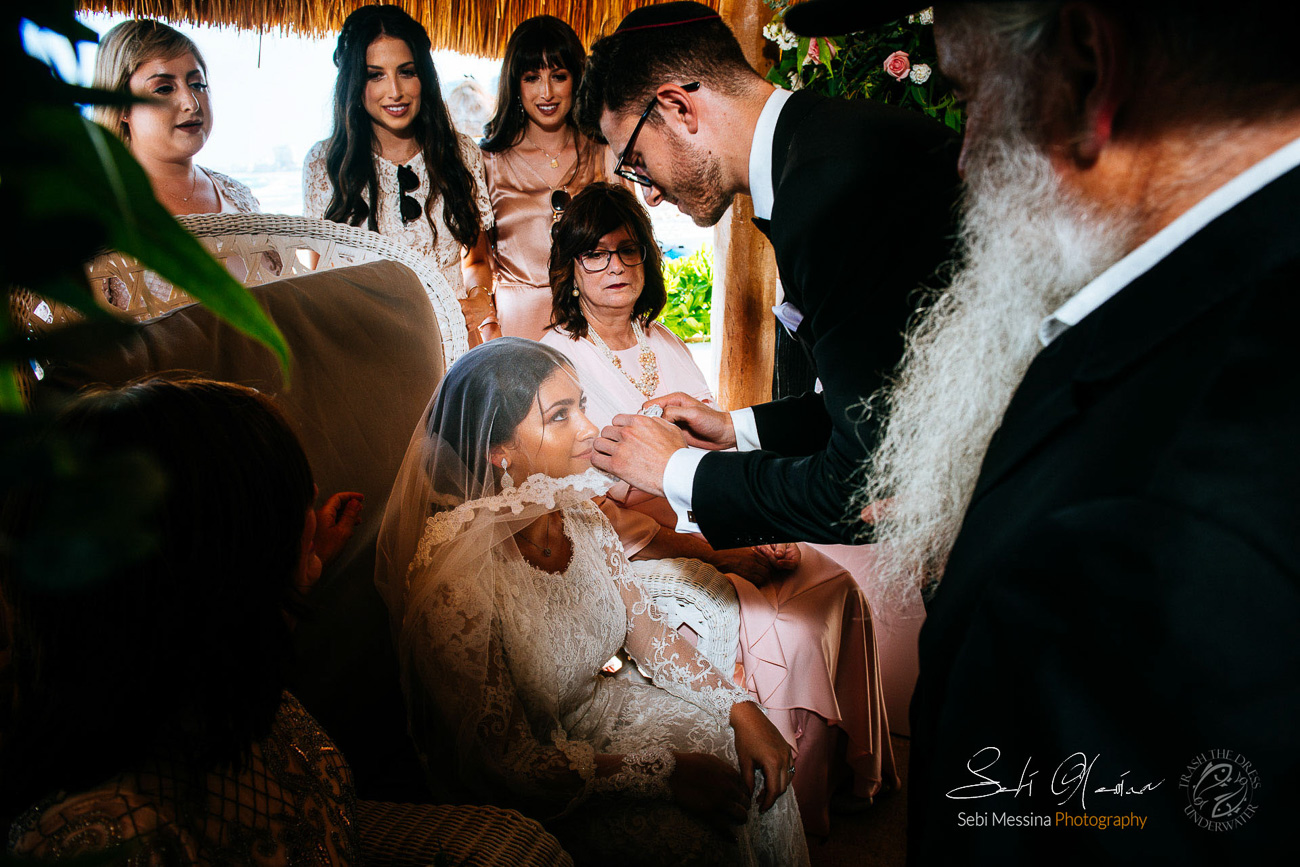
Orthodox Jewish Wedding Mexico
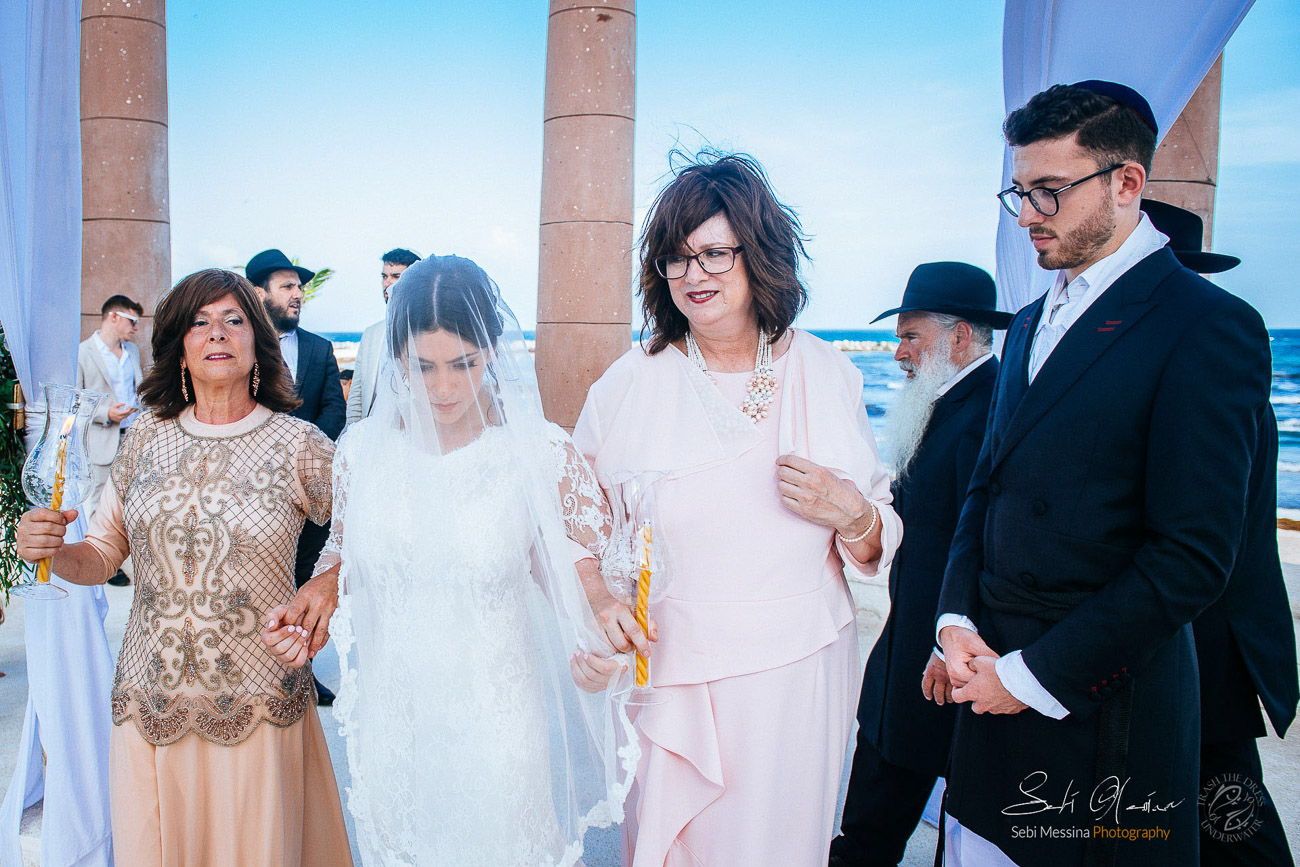
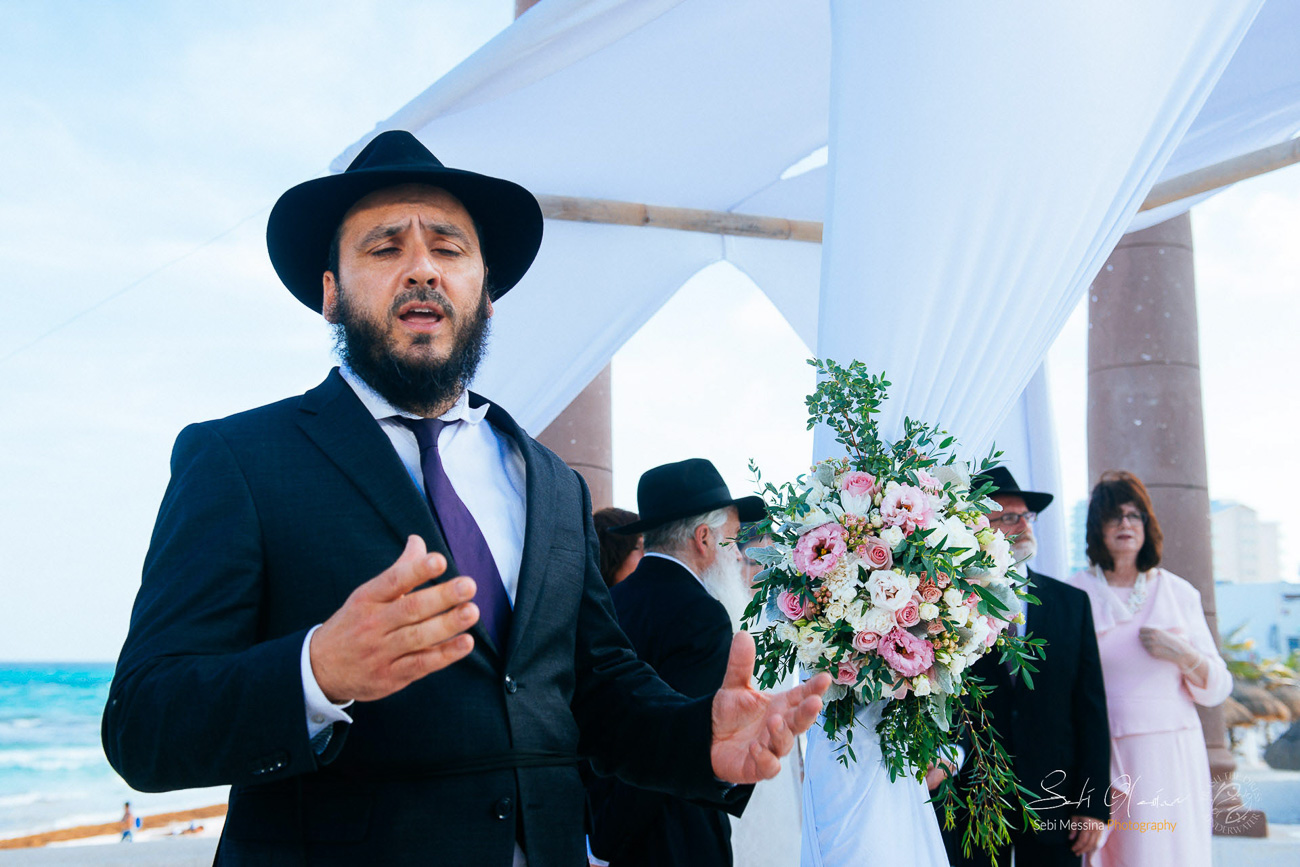
Mexikosher Wedding
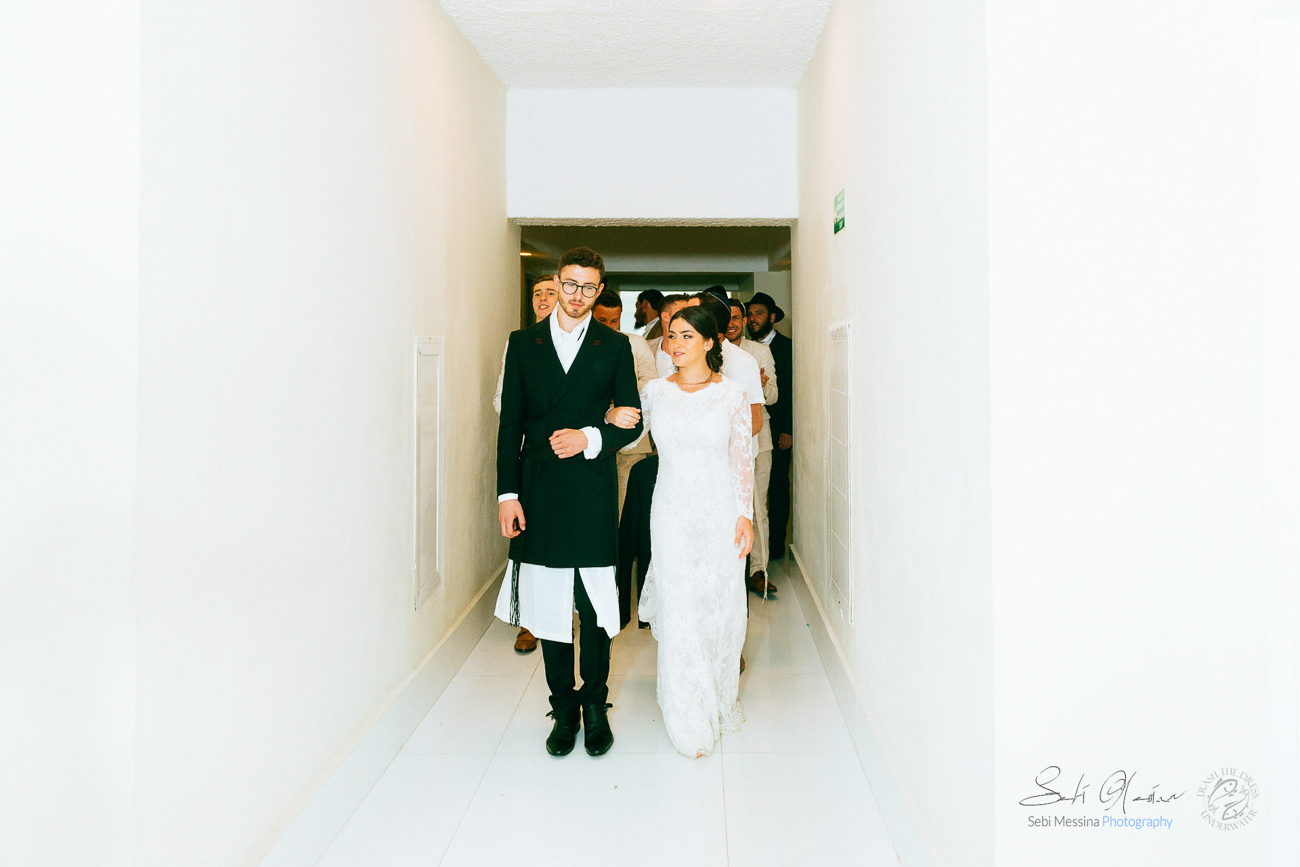
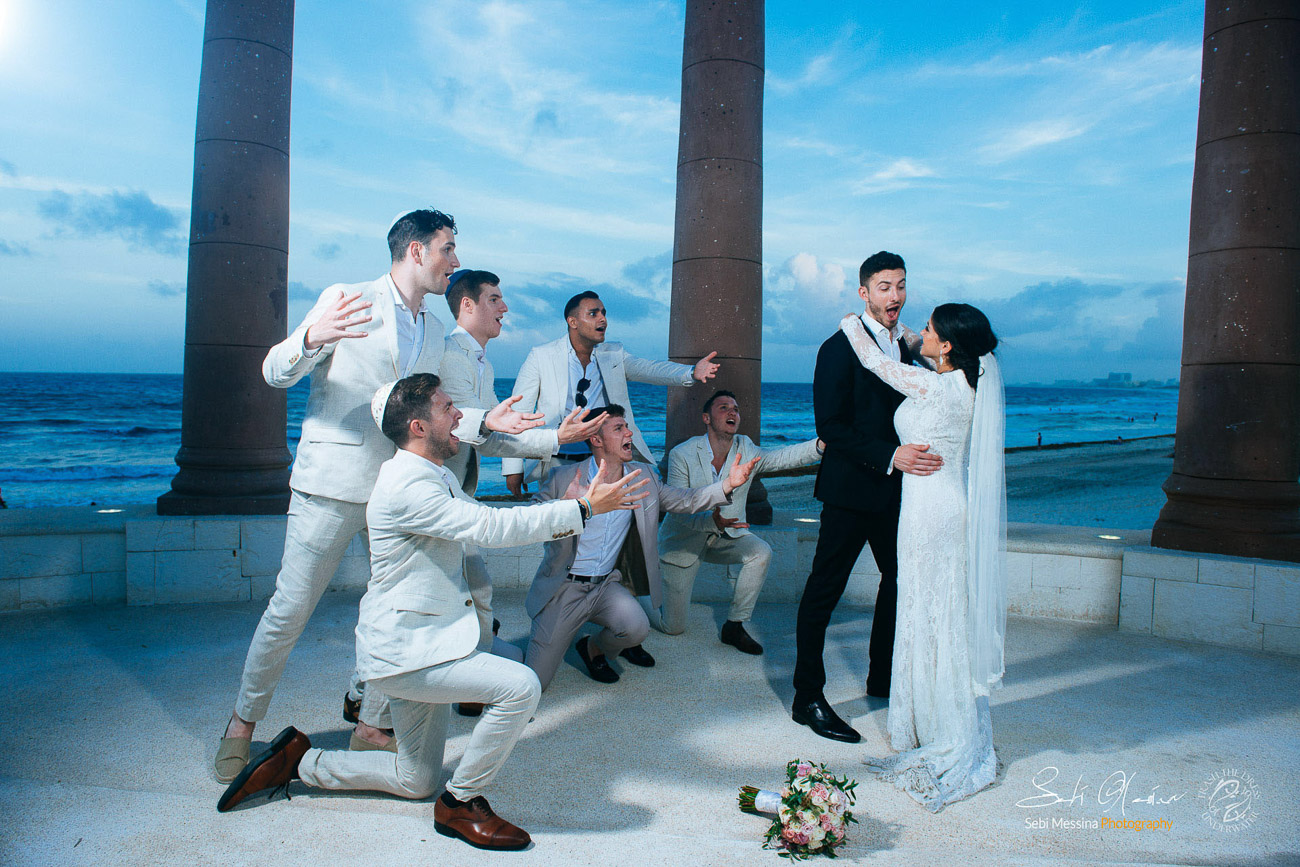
Orthodox Jewish Wedding Mexico


Mexikosher Wedding

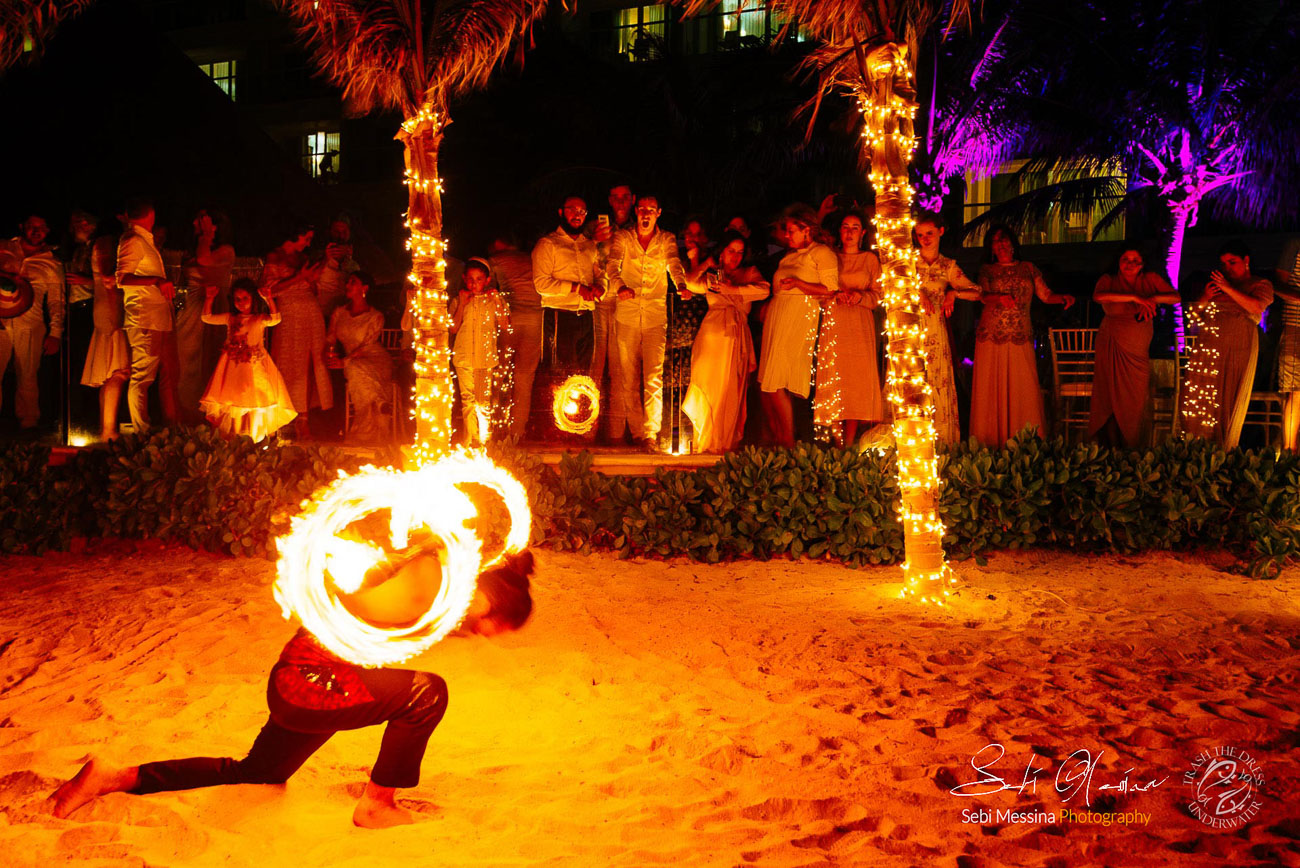
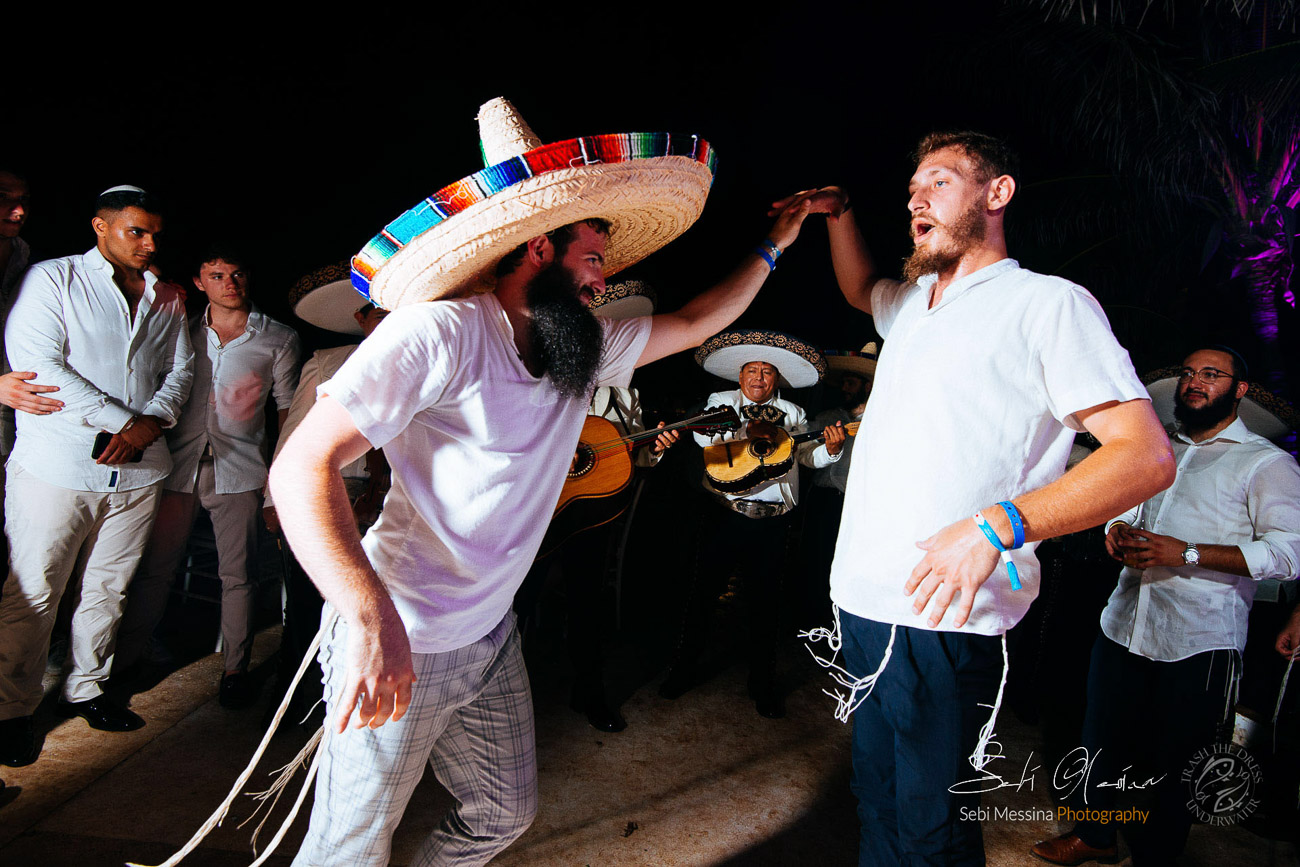
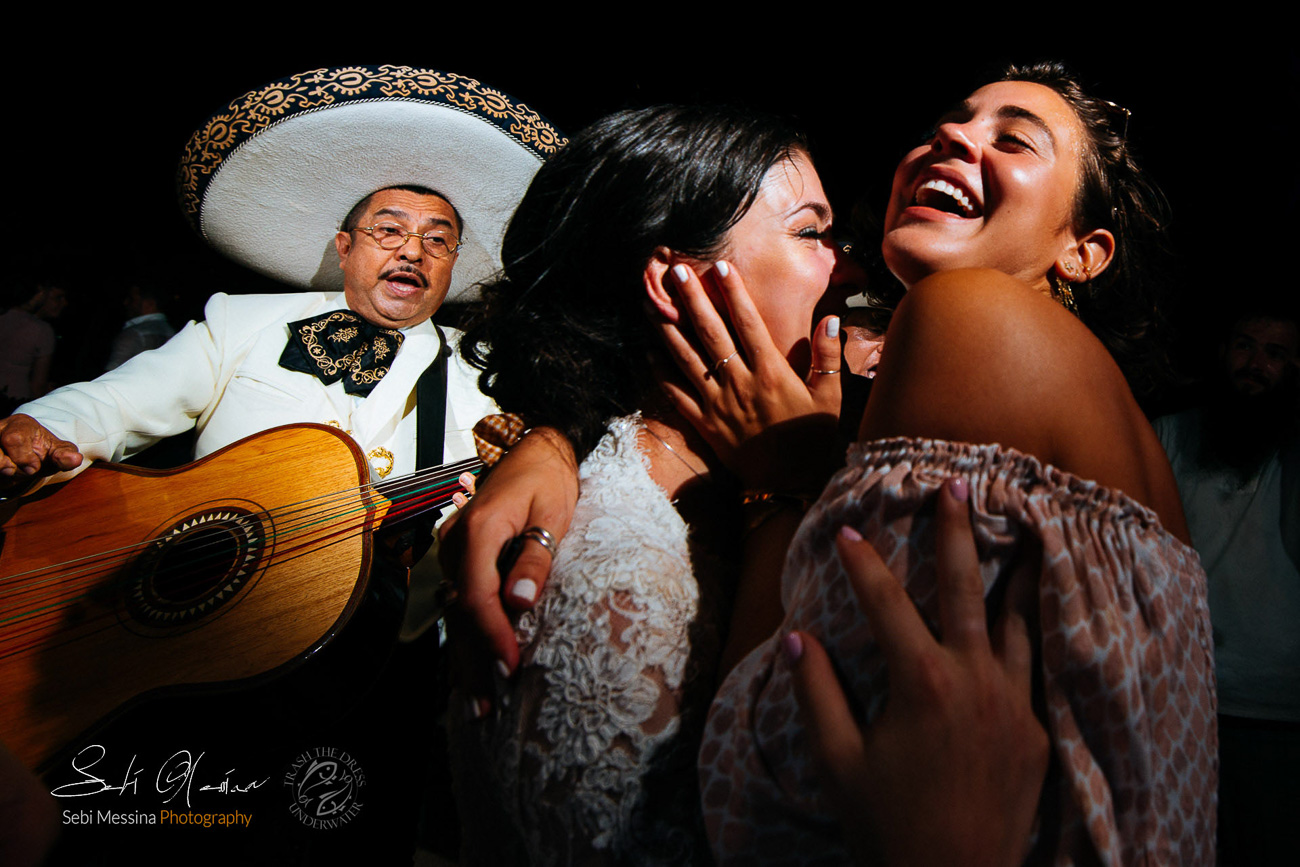
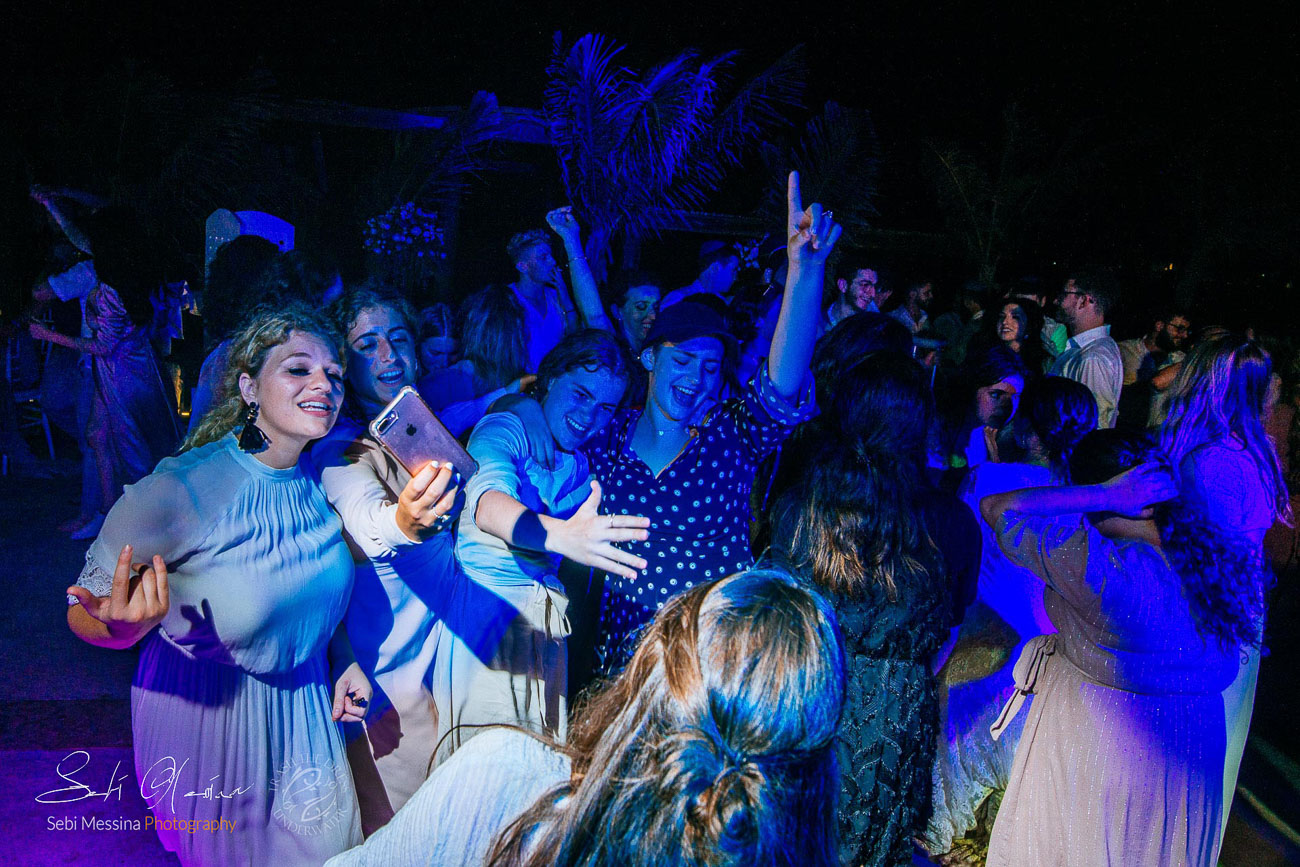
Orthodox Jewish Wedding Mexico
– Covering an orthodox Jewish Wedding is something that requires to be familiar with a certain number of traditions. Therefore, timelines, priorities, poses are influenced by the rules imposed by religion. That’s why generally talking, the organization of such a kind of event is obviously quite different and more rigorous than a typical symbolic destination wedding.
And this despite the several levels of orthodoxy which each couple decides to incorporate into their big day.
For instance, if a typical civil destination wedding is mostly organized by the bride (with several shades of involvement by the groom), an orthodox Jewish wedding can be seen as a kind of family teamwork.
Furthermore, weddings are not preceded by a long period of engagement. As the bride and the groom often began dating only a few months before.
Moreover, no physical contact is allowed before the marriage, as well as it is not allowed for them to see each other for 7 days prior to the wedding (although they write notes and send gifts to each other). You can imagine that, in case of a destination wedding, this requires some logistical measures, e.g. catching different flights, avoiding casual encounters in the corridors or in the resort’s lobby and so on.
Similarly, on the Yom Kippur (day of atonement), some couples fast the wedding day, till the ceremony. Then they may eat again.
Male guests, no matter if Jewish or not, should wear the typical kippah.
Also, seating follows specific rules, since men and women sit separately. And not only during the ceremony. The reception area is divided into two sections by the mechitza, a partition separating men from women. And the same happens for the dancing floor.
Signing a prenuptial agreement (actually a contract) is also part of an orthodox Jewish wedding. Specifically, the groom signs the ketubah in the presence of a rabbi, two witnesses, and close male family members. Only two women are admitted once the contract has been signed. That’s when the bride and groom’s mothers break a plate to make the contract legal.
Meanwhile, the bride, who has not yet seen the groom, sits in a separate area on a throne-like armchair receiving blessings from the loved ones.
On conclusion of the ketubah, surrounded by relatives and male friends, the groom reaches the bride and finally sees her for the first time. While guests and relatives sing, he covers her face with a veil. They call this ceremony bedeken.
At the end, escorted by his parents, he reaches the chuppah, the canopy symbolizing the new house.
Shortly after that, escorted by her parents, the bride reaches and circles him 7 times.
Then the ceremony begins and the rabbi gives a speech in Hebrew. Then, to seal the deal, a sip of wine is offered both to the bride and the groom. Soon after, he breaks the glass.
The moment has come for the newlyweds to have some privacy. Escorted by the rabbi and male relatives and friends, they retire to a room. In the past, it was the moment when the marriage was consummated. Nowadays, it is just a moment of tranquillity, before reaching the family and friends at the reception.
Chaya and Noah got married at the Krystal Cancun. Two days after the wedding, they joined the Underwater Trash The Dress experience
Orthodox Jewish Wedding
- More information about Underwater Trash The Dress
- For a better understating, watch our YouTube channel, please. You will find some “The making of” videos.
- More information about our Weddings
- More reviews on Testimonials
- More About us
- You can also drop us a line via the “Get a Quote” button.
- Homepage
- And don’t forget to follow us on Instagram and Facebook






